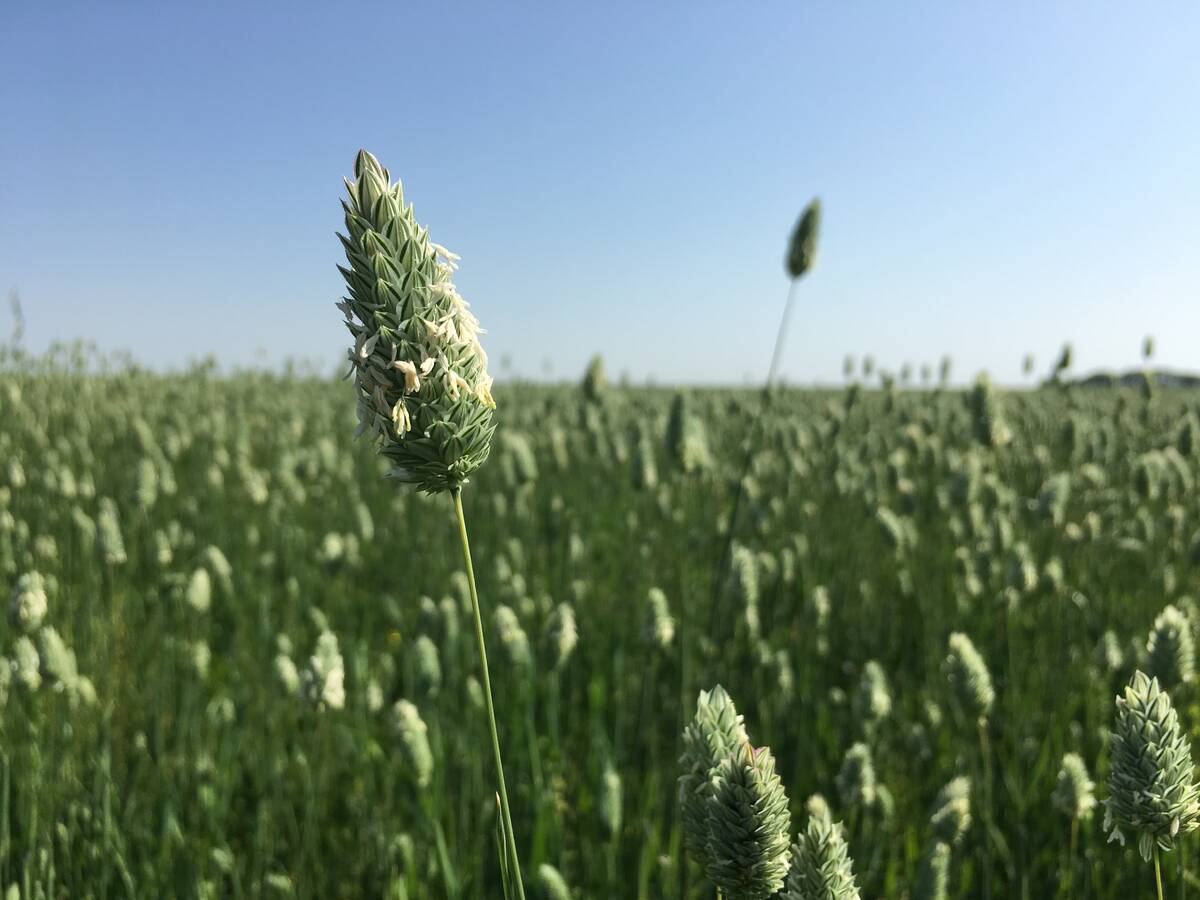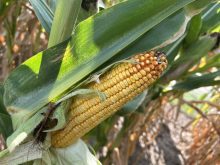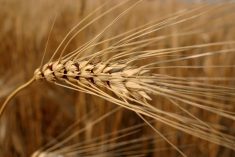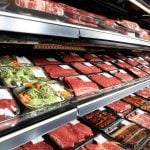Do you like $10 soybeans and what they do for canola prices?
If so, you’re probably going to like 2008, according to DTN analyst Darin Newsom.
Corn could easily surpass $6.50 per bushel, he says, which in turn would push soybeans to $12 and perhaps $16.50 per bu.
These numbers may seem wildly high, but they are a logical follow-through from 2007 and a simple product of traditional technical analysis.
“2007 was basically unmatched. I’ve been doing this for 20 years and it’s been a fascinating year,” Newsom said in a 2008 outlook presentation.
Read Also

No special crop fireworks expected
farmers should not expect fireworks in the special crops market due to ample supplies.
“We’ve seen moves that a lot of folks thought were impossible. What we’ve seen this year is that really nothing is impossible. 2008 could overshadow 2007.”
In the presentation and an interview, Newsom laid out his reasoning for $6.57 corn and $16.50 soybeans.
Corn
“I think there’s a strong likelihood now (of $6.57 corn),” Newsom said in an interview.
Fundamental conditions are set for another rally and the application of traditional Dow Theory technical analysis makes $6.57 a reasonable level to reach in 2008 or 2009.
Dow Theory suggests that moves of 33, 50 and 67 percent are typical after a trading range is broken.
If corn can break through the $4.37 previous price peak, “it could indicate that uptrend that has been in place is getting ready for a leg higher.”
The last leg of this past year’s corn rally began at about $2.12 and climbed to $4.37, a move of roughly $2.20. From $4.37 the price broke down to $3.10, a drop of $1.27 or roughly a 50 percent retracement of the earlier $2.20 rise, conforming to the Dow Theory measure.
Prices have since rebounded. The new crop December 2008 contract recently traded at almost $4.37.
If it breaks $4.37, a $2.20 leg-up would be most likely, taking the price to $6.57.
Soybeans
Corn matters to soybeans because soybeans tend to follow corn. Traditionally there’s a 2.5 to one spread of soybean prices to corn: if corn is $4, soybeans tend to be $10.
But last year the spread dropped to 1.9 to one, so Newsom offers two likely soybean price levels if corn reaches $6.57:
- If the spread, which is now about 2.3 to 2.4 to one, falls back to 1.9, soybeans would rally to about $12.50 per bu.
- If 2.5 returns, the rally would take soybeans to $16.50.
Right now soybeans are near their former peak, similar to December 2008 corn. If soybeans can break through $10.64, then $12.50 or $16.50 becomes likely, Newsom said.
Canadian crops
What does this mean for the Prairies’ mainstay crops: wheat, canola and barley?
Canola and barley will probably continue to roughly follow their big brothers of soybeans and corn, although they won’t likely be as muscular. A continually weakening U.S. dollar will beat some of the strength out of those commodity prices in Canadian dollars.
“It’s somewhat an unwilling follower,” Newsom said about canola’s recent relationship to soybeans.
“The canola market should continue to follow soybeans. Their patterns have been very similar over 2006-07.”
He didn’t offer price targets for Canadian crops because of the effects of the rising loonie, which can vary from direct price reductions to lost export sales.
Wheat, while having the possibility for another rally, is the most likely of all the main agricultural commodities to fall. More than the other commodities, it reflects real-world supply and demand fundamentals rather than speculation. It suffered a supply reduction and that tends to produce a price spike, such as the one that has already occurred, and then a sharp sell-off.
“If we solve some of these supply problems, this market is a little overvalued in relation to some of the other commodities,” Newsom said.
“This could be the weak cog in the grain complex this year.”















